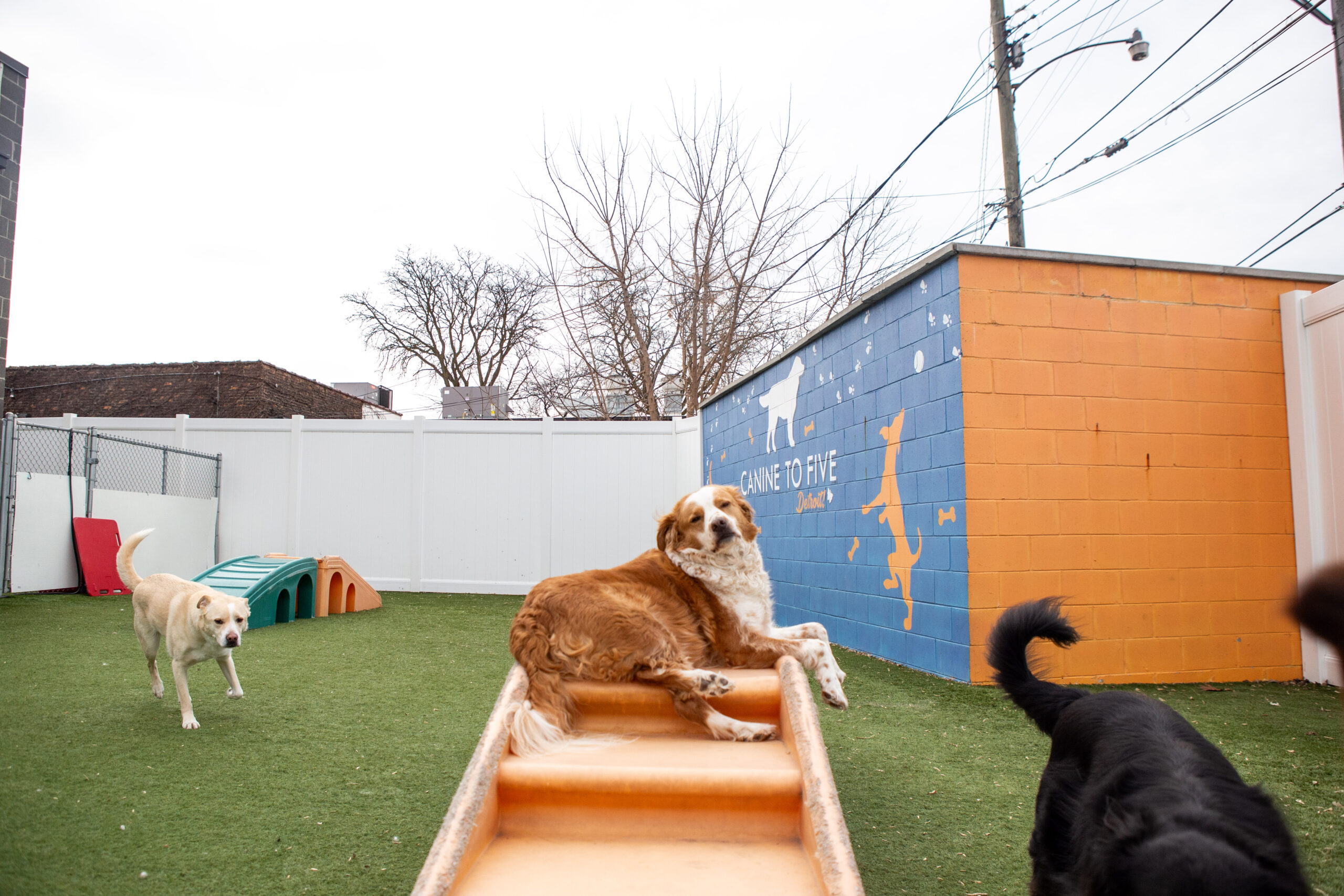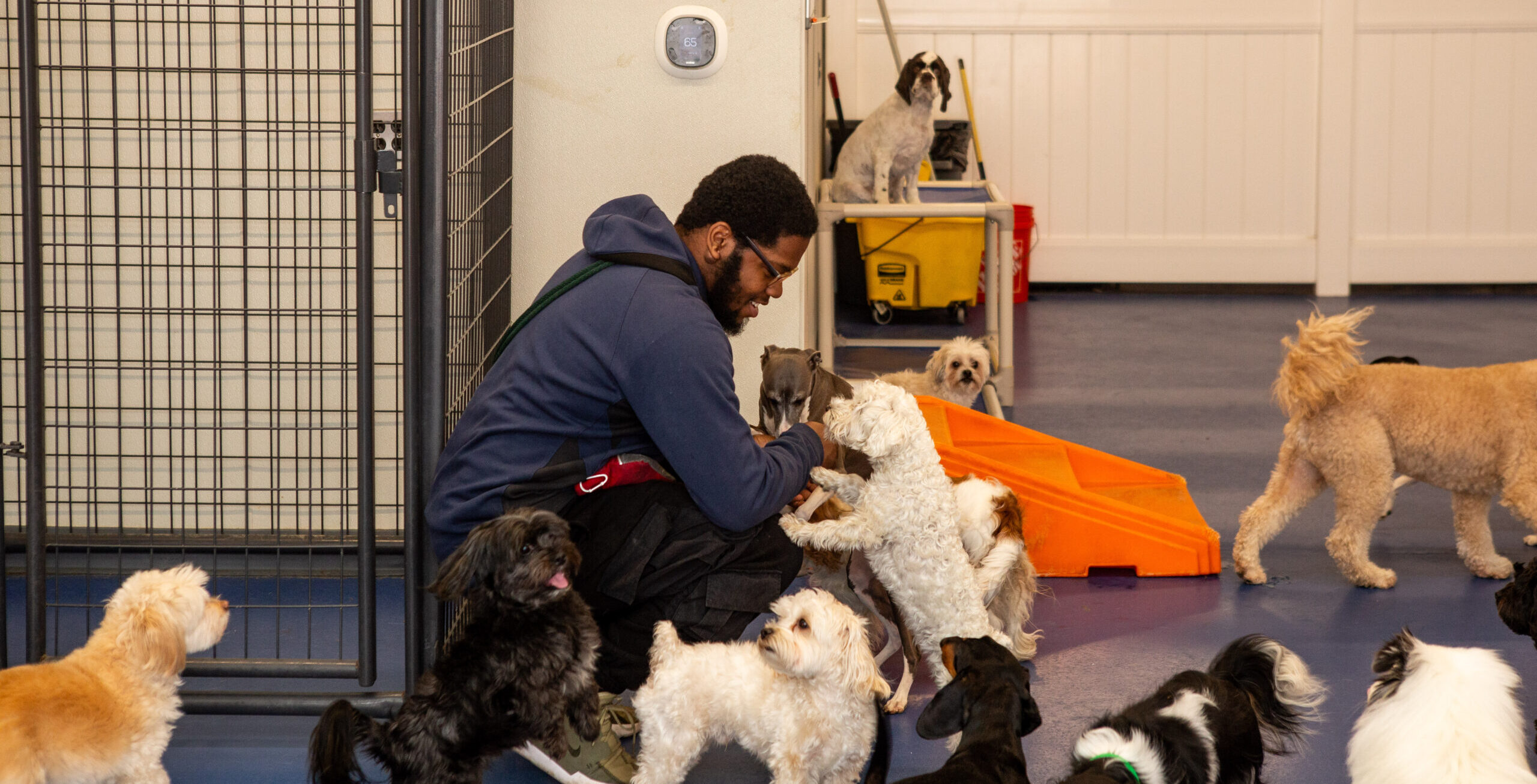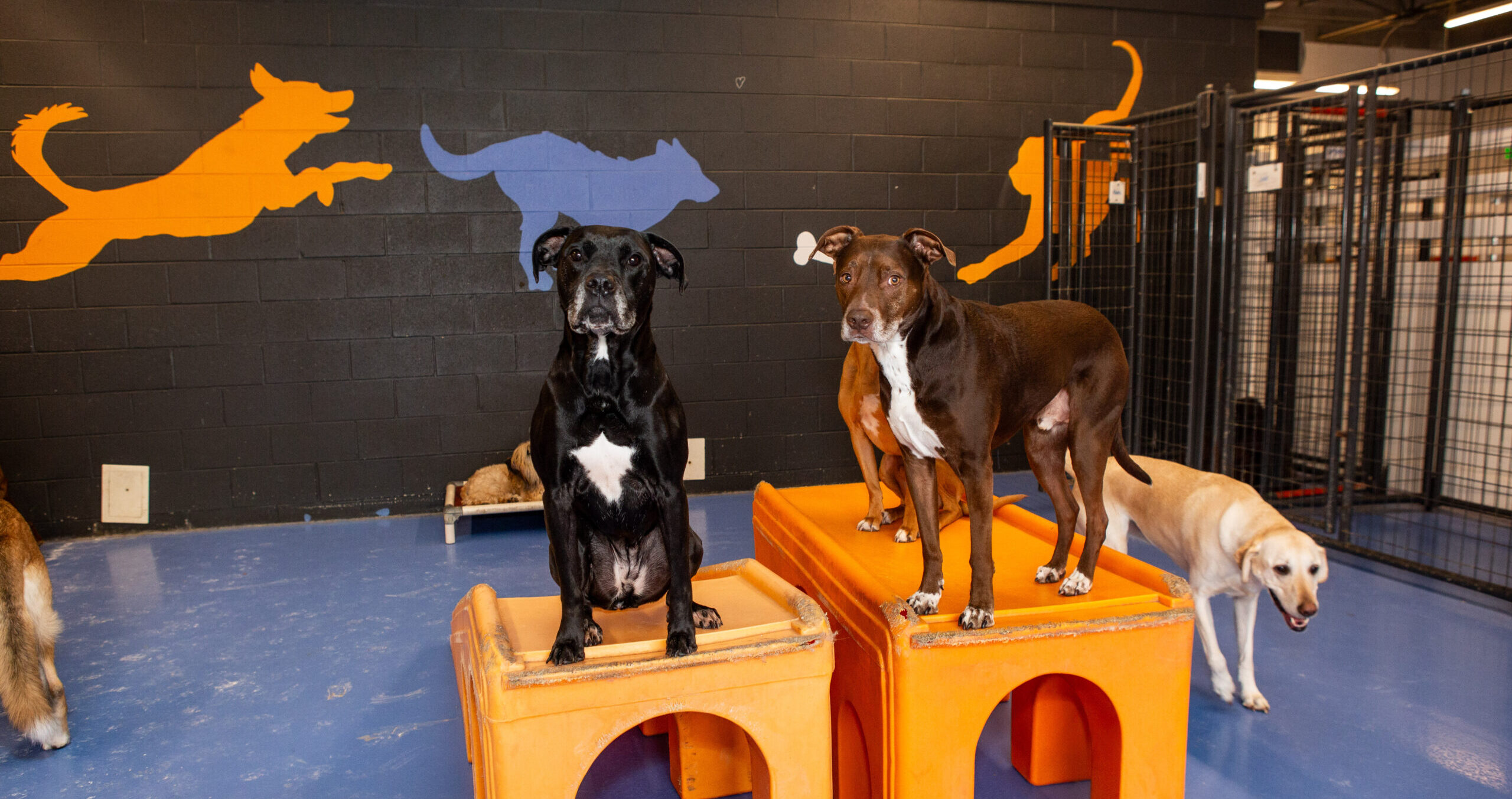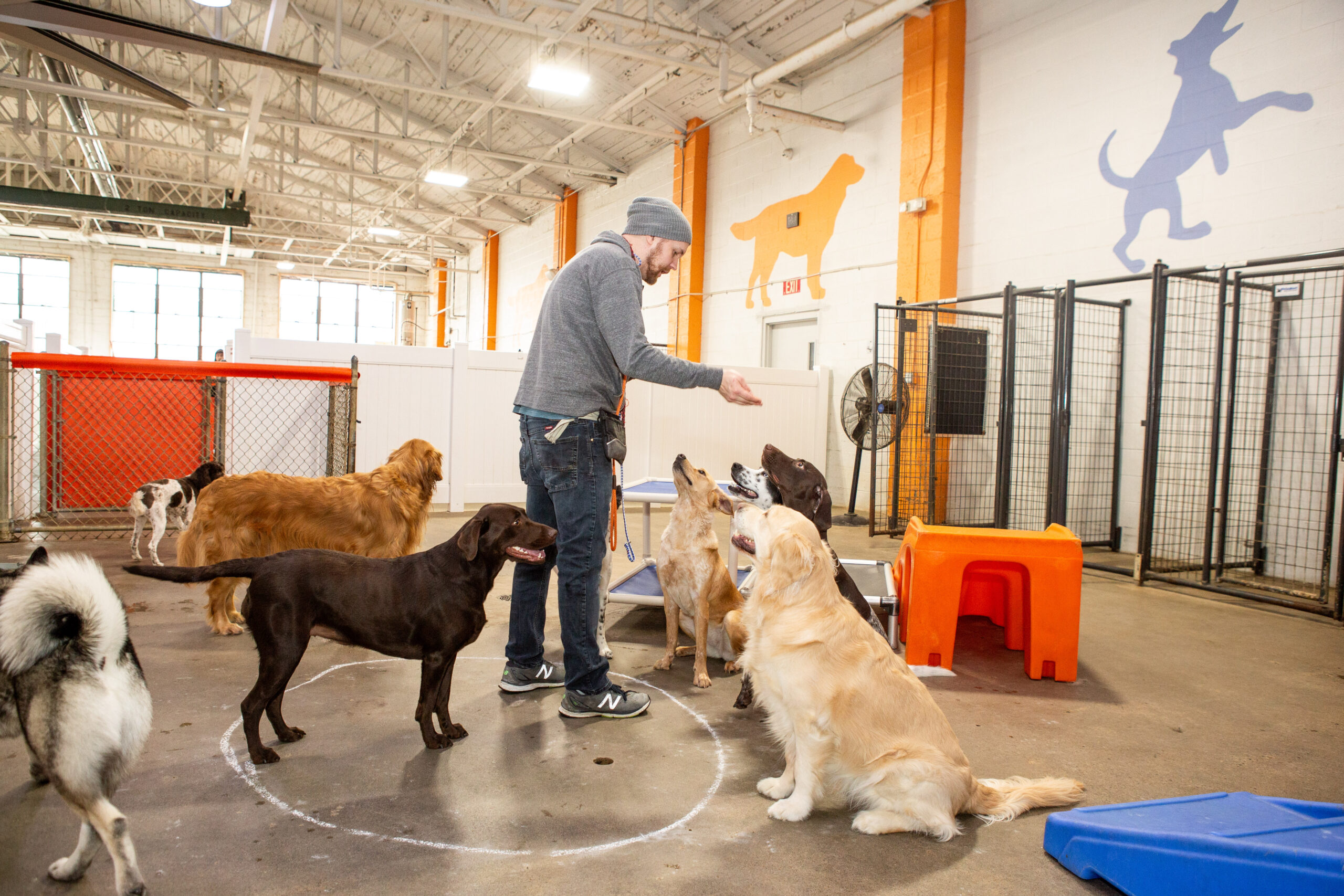How Do I Know If My Dog Likes Daycare?

How Do I Know If My Dog Likes Daycare?
As a pet parent, leaving your furry friend at daycare can be an emotional experience. You want to ensure they’re not just tolerating it, but actually enjoying their time. So, how can you tell if your dog likes daycare?
The clearest signs include excited behavior upon arrival, happy body language when returning home (such as a wagging tail and relaxed posture), and maintaining consistent energy and appetite levels after daycare visits. However, since dogs can sometimes send mixed signals, it’s important to look at a combination of behavioral patterns to get a complete picture of their daycare experience.
Signs Your Dog Enjoys Daycare
A happy daycare dog will show enthusiasm at drop-off. They may pull toward the entrance, wag their tail, and display eager excitement. Some might bark with anticipation or jump around playfully. This is very different from a dog that hesitates, trembles, or tucks their tail when approaching the facility.
At pick-up, a content dog will appear tired but relaxed, not overly stressed or agitated. They should greet you happily without acting desperately clingy or scared. Once home, they should maintain normal eating and sleeping patterns—perhaps being a bit more tired than usual, but not completely exhausted.
Warning Signs Your Dog May Not Be Enjoying Daycare
Not all dogs thrive in daycare environments, and some may show signs of distress, such as:
- Reluctance to exit the car or enter the facility at drop-off
- Excessive drooling, shaking, or hiding behind you
- Anxiety or unusual aggression at pick-up
- Changes in appetite or energy levels at home
- Excessive licking, digestive issues, or bathroom habit changes
- Unexplained minor injuries or increased sensitivity to touch
If you notice these behaviors, your dog may be experiencing stress or overstimulation. Reducing their daycare visits or exploring alternative care options might be beneficial.
Helping Your Dog Adjust to Daycare
If your dog seems hesitant about daycare but you believe it would benefit them, try these strategies to ease their transition:
- Start with short visits (2-3 hours) before committing to full-day stays
- Maintain a consistent schedule so they develop a routine
- Choose a facility with a structured introduction process for new dogs
- Bring a familiar item from home (if allowed) to provide comfort
Choosing the Right Daycare Facility
A high-quality dog daycare should prioritize safety, cleanliness, and proper supervision. Look for:
- Staff trained in dog behavior and emergency response
- Separate play areas for different-sized or energy-level dogs
- Appropriate staff-to-dog ratios
- A thorough screening process, including temperament evaluations and vaccination requirements
- Transparency about daily routines and emergency procedures
- Regular updates on your dog’s behavior through report cards, photos, or live video feeds
How Often Should Your Dog Go to Daycare?
Most dogs benefit from daycare 2-3 times per week for balanced socialization and exercise. This prevents overstimulation and exhaustion while allowing them to enjoy the experience.
However, every dog is different:
- High-energy dogs may thrive with more frequent visits (4-5 times a week)
- Senior dogs or puppies may need fewer visits (1-2 times a week)
- Dogs who are easily overstimulated may benefit from fewer, shorter visits
Watch for signs of excessive fatigue or stress to determine the right schedule for your pet.
Taking the Next Steps
Now that you understand how to gauge your dog’s daycare experience, consider scheduling trial visits at different facilities. Start with 2-3 hour sessions and monitor your dog’s behavior before, during, and after each visit. Keeping a journal of their responses can help you make an informed decision about the best daycare environment for your furry friend.
Eager to join in on the fun? Here’s what you’ll need to start:
- Your pup must be under 13 years old
- They must have their DHPP, Lepto, Bordetella, and Rabies vaccines
- Puppies over 9 months old must be spayed/neutered to participate in our pack-style environment; Unaltered dogs may continue to join us for Pawsitive Enrichment
If your dog is eligible to start, click here to fill out our new client inquiry form and our Canine Concierge will get in touch with you to go over next steps!


